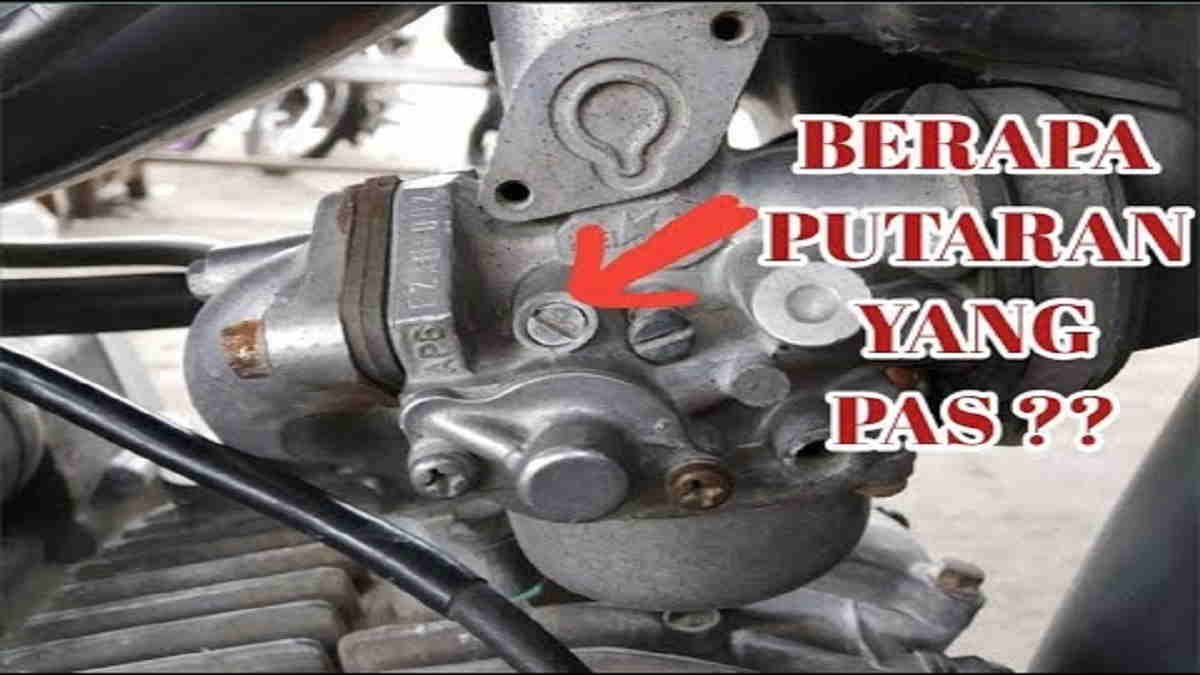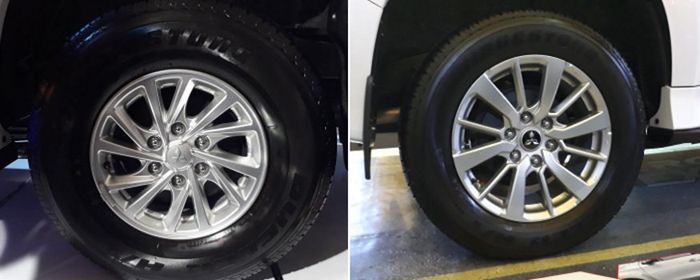Introduction
Are you tired of constantly refueling your car and spending a fortune on gas? Well, fret not! In this article, we will share some valuable tips and tricks on how to set the karburator mobil irit (carburetor for fuel efficiency) and save some serious money. By optimizing the fuel-air mixture, you can significantly improve the mileage of your vehicle. So, let’s dive right in and learn how to set the karburator mobil irit!
Understanding the Karburator Mobil Irit
Before we jump into the setting process, it’s essential to understand how the karburator mobil irit works. The karburator mobil irit is responsible for mixing the right amount of fuel and air to create a combustible mixture, which powers the engine. By adjusting this mixture, we can achieve better fuel efficiency. However, it’s crucial to find the right balance as too lean a mixture can lead to engine problems, while an excessively rich mixture can harm the environment and reduce mileage.
Tools Required
To get started, you will need the following tools:
- Screwdriver
- Carburetor cleaner
- Goggles
- Gloves
- Compressed air can
- Spark plug wrench
Now that we have the necessary tools, let’s proceed to the step-by-step guide.
Step 1: Preparing Your Workspace
Before diving into the karburator mobil irit setting, it’s crucial to ensure a clean and safe working environment. Start by parking your car in a well-ventilated area with ample lighting. Additionally, putting on goggles and gloves will protect you from any harmful fumes or chemicals.
Step 2: Understanding the Carburetor
To set the karburator mobil irit accurately, you must familiarize yourself with the carburetor’s main components. The crucial elements to focus on are:
H2: Float Chamber
The float chamber holds the fuel and maintains a consistent fuel level. It prevents the carburetor from running too lean or rich, ensuring optimal fuel efficiency.
H2: Air-Fuel Mixture Screw
This screw controls the amount of fuel and air mixture that enters the engine. Adjusting it can help fine-tune the combustion process for better mileage and performance.
H2: Idle Screw
The idle screw determines the engine’s idle speed. Proper adjustment of this screw ensures smooth idling and prevents unnecessary fuel consumption during long stops or traffic jams.
Step 3: Setting the Karburator Mobil Irit
Now that you understand the basic components, let’s move on to the actual karburator mobil irit setting process. Follow these steps carefully:
H3: Step 1: Turn the Engine On
Start your car and let the engine warm up for a few minutes. This ensures accurate readings during the setting process.
H3: Step 2: Locate the Karburator Mobil Irit
Identify the carburetor’s location in your vehicle. It is usually attached to the intake manifold.
H3: Step 3: Adjust the Idle Screw
Using a screwdriver, locate the idle screw and turn it clockwise to decrease the idle speed or counterclockwise to increase it. Aim for a steady and smooth idle speed without any engine stalls or abnormal fluctuations.
H3: Step 4: Adjust the Air-Fuel Mixture
Locate the air-fuel mixture screw, often found on the side of the carburetor. Start by turning it clockwise until it gently stops. Then, turn it counterclockwise 1.5-2 turns to achieve an initial baseline setting.
H3: Step 5: Fine-Tuning the Air-Fuel Mixture
To fine-tune the air-fuel mixture, start the engine and allow it to reach its normal operating temperature. Slowly turn the air-fuel mixture screw clockwise or counterclockwise while keeping an eye on the engine’s RPM. Aim for the highest possible idle speed without causing any engine strains or stalling.
H3: Step 6: Test Drive
After making the adjustments, take your car for a test drive. Observe how it responds to throttle inputs and check for any signs of rough idling or decreased performance. If necessary, make further adjustments until you achieve optimal fuel efficiency.
Conclusion
Congratulations, you’ve successfully set the karburator mobil irit for maximum fuel efficiency! By fine-tuning the idle speed and air-fuel mixture, you can now enjoy a smoother drive while saving money on gas. Remember, regular maintenance and periodic checks are crucial for preserving the fuel efficiency of your vehicle. Happy driving and happy savings!
Note: This article is meant as a general guide. If you are unsure or uncomfortable with performing these adjustments yourself, it’s always best to consult a professional mechanic.






